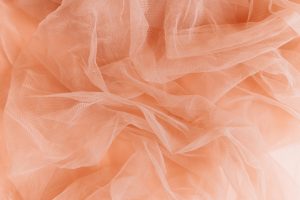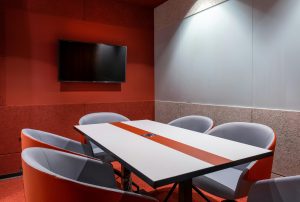Maximalism Over Minimalism: Eclectic Textures and Layering
When it comes to interior design, there has been a long-standing debate between maximalism and minimalism. While minimalism has been popular for the past few years, maximalism is making a strong comeback. This bold and eclectic style is all about embracing the beauty of excess and creating unique, layered spaces that are filled with personality. Maximalism is not just about throwing different patterns and textures together; it is about finding a balance between them to create a space that is visually stimulating, yet harmonious. In this article, we will explore the rise of maximalism over minimalism and how you can incorporate eclectic textures and layering into your home.
The Return of Maximalism: A Rejection of Minimalism
In recent years, minimalism has been the go-to style for interior design. It is all about living with less, decluttering, and creating a sense of calm and simplicity in your space. However, many people are starting to find minimalism too austere and lacking personality. This has led to the resurgence of maximalism, which embraces a different philosophy – more is more.
Maximalism is a rebellion against minimalism, a rejection of strict rules and monochromatic color palettes. It is a celebration of various patterns, textures, and colors that come together to create a unique and vibrant space. It is a bold and confident style that encourages you to be creative and fearless in your design choices.
Eclectic Textures: Adding Depth and Personality
One of the key elements of maximalism is the use of eclectic textures. This is where you can really have fun and let your creativity shine. Instead of sticking to one or two textures, you can mix and match different materials to add depth and personality to your space. For example, you could pair a soft velvet sofa with a sleek leather armchair, or layer a jute rug with a sheepskin one. The possibilities are endless, and the result is a visually interesting and inviting space.
When incorporating eclectic textures, it is essential to find a balance between them. You don’t want one texture to overpower the others, but instead, they should complement each other and create a cohesive look. This can be achieved by choosing a dominant texture and then layering smaller textures on top. For example, you could have a plush velvet sofa as the focal point, with smaller accent pieces in different textures, such as a faux fur throw or a woven wall hanging.
The Art of Layering: Creating a Multi-Dimensional Space
Layering is another crucial aspect of maximalism. It is about arranging items in a way that creates depth and adds visual interest. This can be achieved through layering different textures, as mentioned earlier, but also by layering patterns, colors, and even furniture.
When layering patterns, the key is to mix and match in a way that is pleasing to the eye. You can start with a bold pattern, such as a floral wallpaper, and then add smaller patterns in complementary colors, such as stripes or polka dots. These patterns should vary in scale to avoid a cluttered look. You can also layer colors by incorporating a mix of bold and muted hues. This will add depth and dimension to your space, making it feel more dynamic and alive.
Layering furniture is another way to add depth to your space. Instead of sticking to one style of furniture, mix and match pieces from different eras and styles. This will create a unique and eclectic look that is full of character. For example, you could pair a mid-century modern sofa with a vintage coffee table and a contemporary armchair. This unexpected combination will add personality and create a conversation piece.
In Conclusion
Maximalism is a style that encourages you to break the rules and create a space that reflects your personality. By incorporating eclectic textures and layering, you can create a multi-dimensional and visually stimulating space that is full of character. So, embrace the beauty of excess and let your creativity run wild with maximalism over minimalism.











